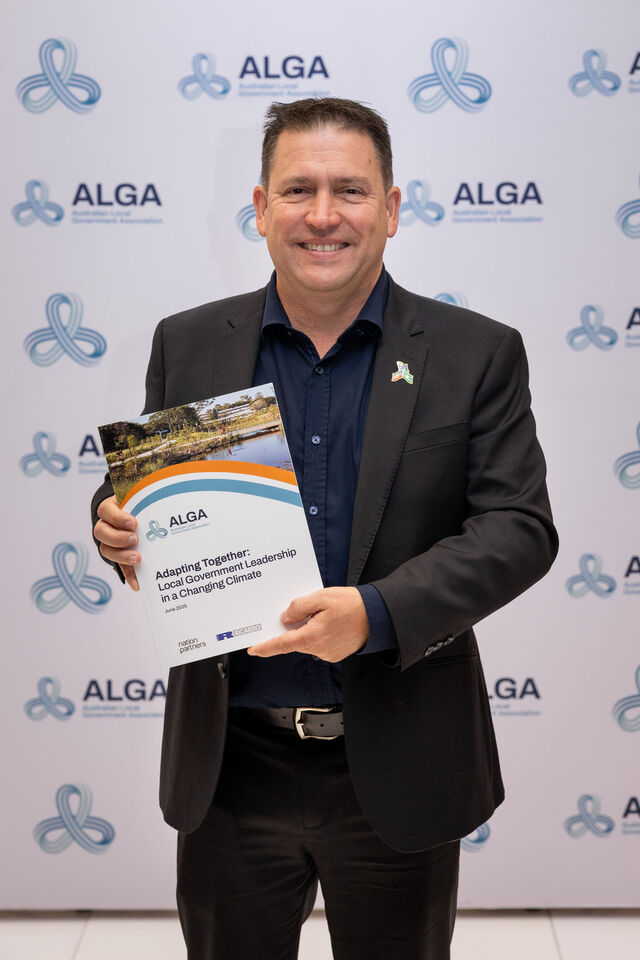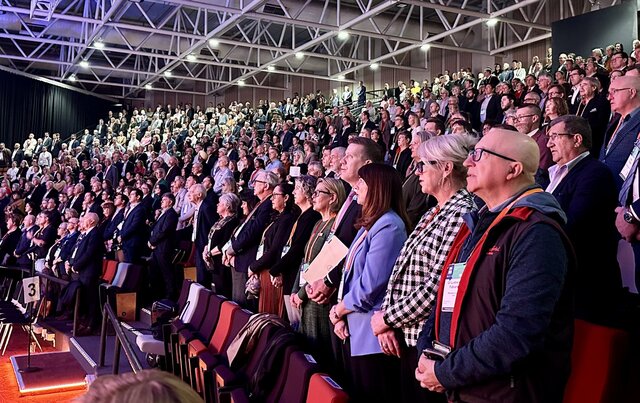Climate change – a risk management issue
With significantly more papers received on climate change than either of the two other key conference streams, ALGA President, Councillor Geoff Lake, said it was appropriate that this issue was afforded the most time.
Opening the discussion on climate change was Professor Will Steffen from the Australian National University’s Climate Change Institute.
He said there is no doubt that climate change is happening and that its acceleration is due to human activity.
“In Australia, air temperature is going up and there is more variability than there is globally,” Professor Steffen said.
With nearly 90 per cent of extra heat stored in the ocean, he said the most action is occurring in sea levels.
“Sea level rise is cause for major concern, as we have underestimated how much and how fast the sea level can shift.
“We are currently losing ice at a rate of 200 cubic kilometres per year in Greenland, and if this ice melts completely, the sea level will rise by seven metres.”
Will Steffen said that while this is not likely any time soon, probably not for hundreds of years, scientists predict that we will see a rise of between 50 centimetres and one metre by 2100.
“As such, the message for Local Government is this – climate change is a risk management case,” he said.
“Based on a 50 centimetre rise, a one in 100 year event will happen every year, and the case will be worse for each centimetre more.
“With the effects, such as inundation, sure to be with us for a while, adaptation is a major feature of climate change.”
Will Steffen also highlighted water availability as a concern for the future.
He said that Melbourne’s water storages alone have been running at a third or less capacity over the last three years due to reduced inflows.
“This is the first time in history that we are running out of water to meet human demands, not to mention environmental needs,” he said.
“People question whether this is a result of climate change or not.
“What we do know is that Victoria and southern South Australia have had a drop in annual rainfall and an increase in subtropical ridge, and other changes have been recorded throughout the country.
“Temperature is going up, and high pressure areas are intensifying.
“As the sea surface temperature rises, there is less precipitation and therefore less rain.
“These drier temperatures and higher evaporation levels make a drier climate and increase the risk of extreme weather events, such as bushfires and cyclones.
“The question for Parliament now is what are we going to do about it?”







